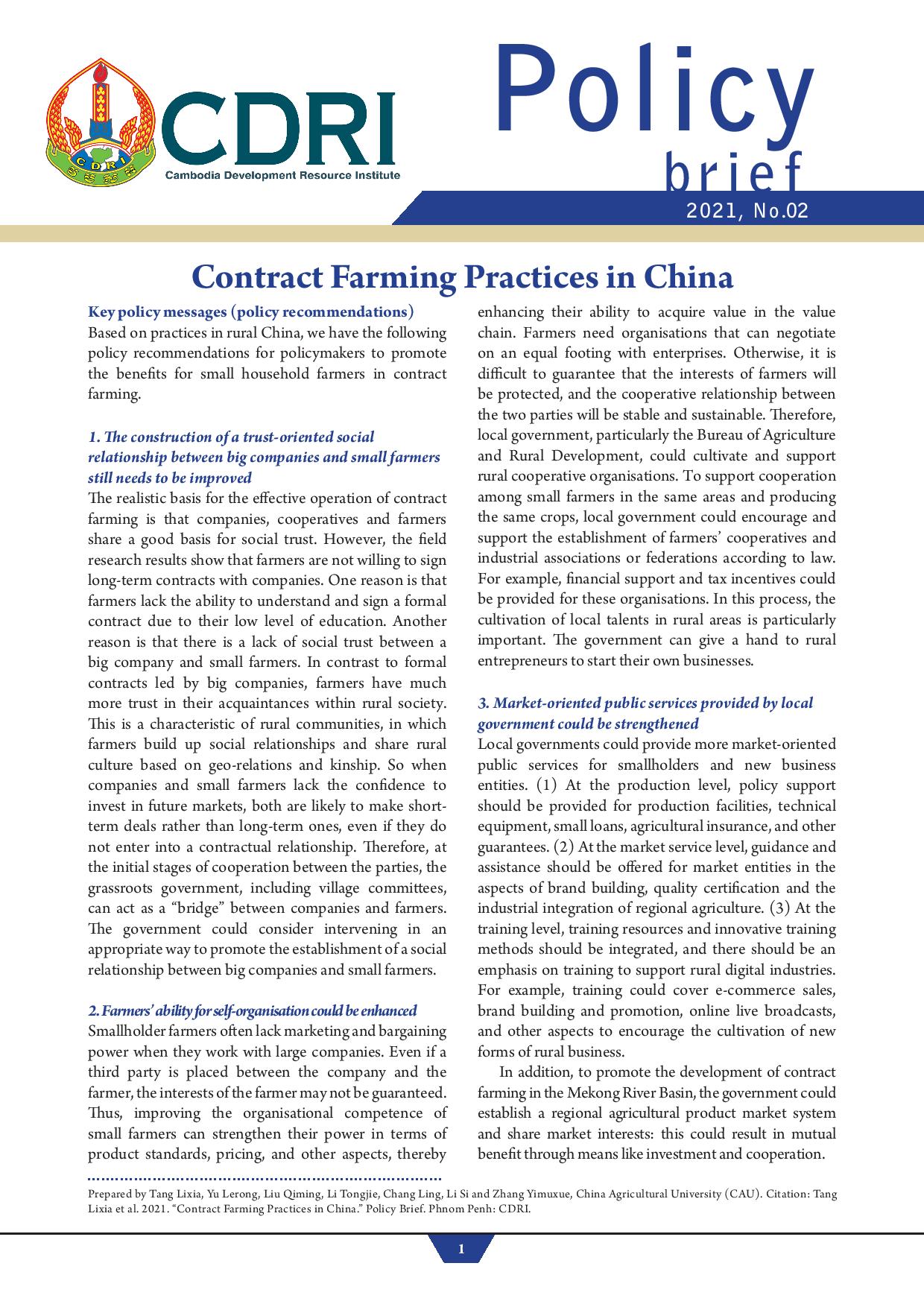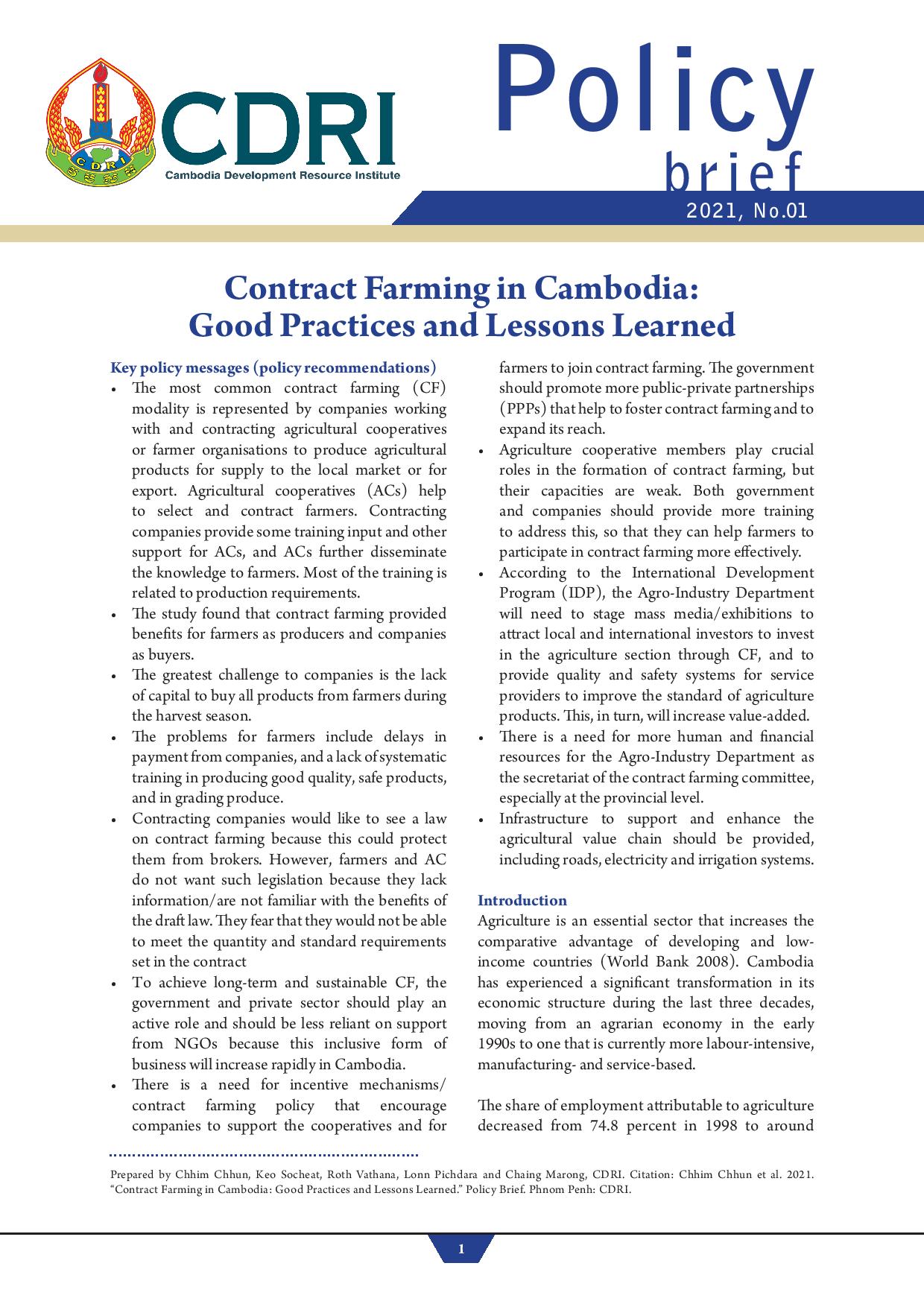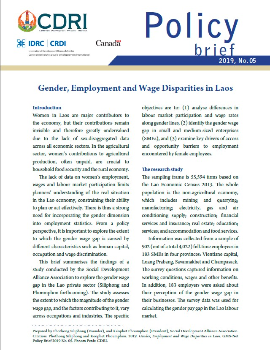
Land Tenure in Cambodia: A Data Update
Keyword: Land tenure, agricultural concessions, land inequality, socio-economic surveys, Cambodia land policy
Khmer PDF (0)
Abstract/Summary
This working paper presents a comprehensive update on land tenure in Cambodia, focusing on land use patterns, concession allocations, registration systems, and socio-economic implications. Drawing on aerial mapping, government records, and eight major surveys conducted between 1995 and 2000, the study analyses forest, agricultural, and fishing concessions, revealing inconsistencies in data and a lack of centralised oversight. It highlights the limited progress in land titling, with only 12% of applications processed, and identifies significant disparities in land ownership and access. The paper examines landlessness, inequality, and the relationship between landholding and poverty, finding weak correlations between land size and living standards. Multivariate analysis suggests that land ownership alone does not determine household well-being, pointing to the need for more nuanced data. The authors recommend establishing a centralised statistical bureau, conducting land-focused surveys, and improving transparency in concession management. This study contributes to policy formulation by offering a detailed inventory of Cambodia’s land tenure landscape and emphasizing the importance of accurate, representative data for equitable land governance.



